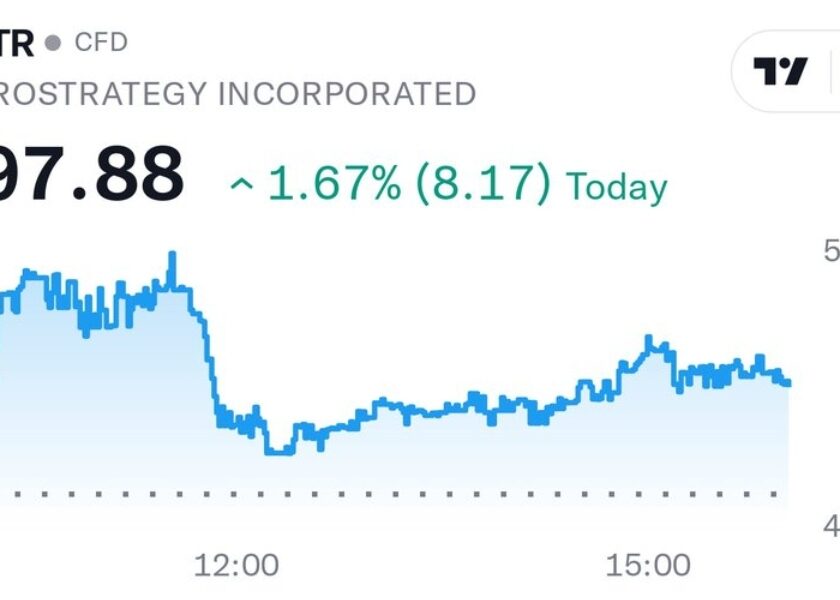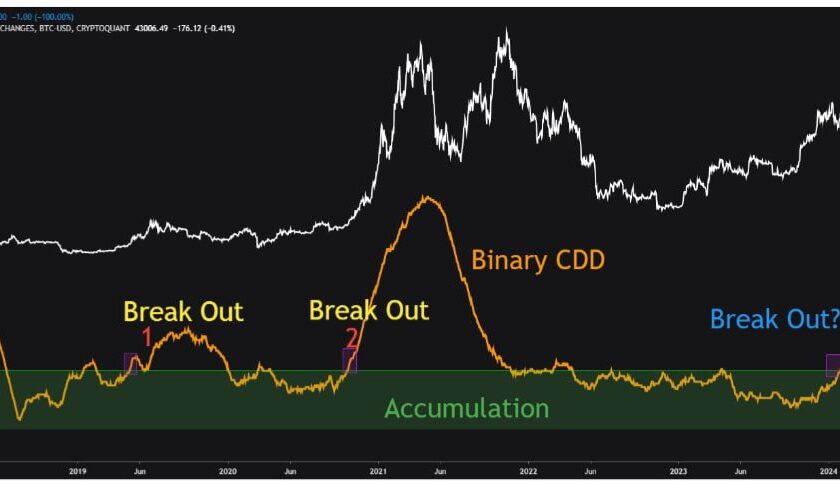Welcome to a fresh and eventful week for investors. There’s a lot to discuss as we kick off the week in Coindays Market Watch.
First, the US economy continues to impress with robust economic data. Despite concerns about dwindling savings, Americans are spending at a remarkable pace, propelling the economy to a remarkable 4.9% growth in Q3. This growth significantly surpasses the long-term trend of around 2%, reaffirming that we are far from a recession.
Durable goods orders rose nearly 5% in September, and inflation, as measured by the Fed’s preferred gauge, the PCE index, spiked to its highest level since May. Personal spending also surged by 0.7% in the same month, even though personal income did not follow suit.
Janet Yellen believes that this incredible growth may not be sustainable, and the strong data, rather than the worsening fiscal outlook, is what’s pushing US yields higher. Fortunately, the recent selloff in long-term US sovereign bonds seems to be slowing down, with the 10-year yield hovering around 5%, and the 2-year yield testing the 5% level on the downside.
As for the upcoming Federal Reserve meeting, expectations are that interest rates will remain unchanged, in line with the ECB’s decision last week.
Despite the strong economic data, the US dollar’s appeal remains limited, while gold, considered a safe haven, gains momentum as tensions escalate in the Middle East, pushing its price above $2,000 per ounce.
In the energy sector, oil prices saw a drop last week, currently trading below $85 per barrel. Escalating tensions in the Middle East are contributing to the uncertainty, with Israel’s actions in Gaza affecting energy investments. The situation remains fluid, and sudden jumps in oil prices are possible due to news developments and supply disruptions in the region.
As for equities, investor appetite has been lackluster. Mixed results from Big Tech companies and underwhelming performances from Big Oil companies have weighed on the S&P 500, which saw a decline of more than 2.5% last week. The index is now below the 200-day moving average and the major 38.2% Fibonacci retracement, indicating a potential shift towards a medium-term bearish consolidation zone. While the RSI indicator suggests oversold market conditions, a deeper decline toward the 4050 level could be in the cards, especially if earnings fail to meet investor expectations.
Stay tuned as we navigate these market developments throughout the week.




